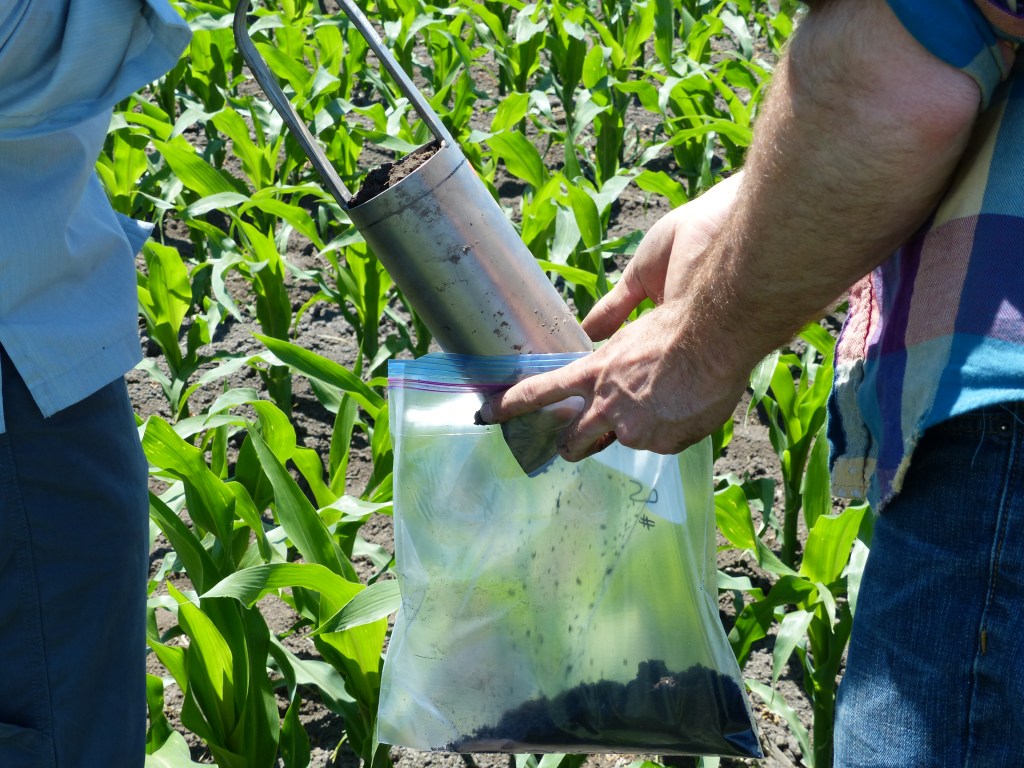Writing in Nature Sustainability, researchers from the Science for Nature and People Partnership highlight an unintended consequence of the increasing visibility of the opportunity to rebuild soil carbon for climate mitigation: When the expected scientific disagreements over the technical details of such plans – which are a natural part of the scientific process — enter the public sphere, they undercut action that could be taken by policymakers to implement policies that build soil carbon for environmental and agricultural benefits.
The Gist
Given the urgent need to address and mitigate climate change, people are increasingly looking to nature-based solutions to sequester greenhouse gases, especially carbon. As a result, the potential of using the world’s soils as a massive carbon sink is, as the saying goes, having something of a moment.
This is good news as people increasingly recognize nature’s essential and often overlooked role in mitigating climate change. Unfortunately, the increased visibility of ideas aimed at off-setting greenhouse gases by building soil carbon has also led to disagreements among scientists over how much carbon can be realistically stored in soil and how to achieve the potential.
“Despite the fact that we know enough to bring confidence to mitigation activities based on rebuilding soil organic carbon, we are hearing too often ‘the science is still out’ and this is impeding action. This at a time when what we need is to accelerate action on solutions to the climate crisis across all sectors, energy, transport, construction, and our food systems,” said Deborah Bossio, co-author and lead scientist at The Nature Conservancy.
The disagreements themselves are not a problem – they are a natural part of the scientific process. The problem, the SNAPP researchers argue, is that the science debate can appear adversarial and that makes it challenging for policymakers to navigate, undermining strong evidence for how much we do know about building soil carbon and its many benefits.
The Big Picture
When it comes to building soil carbon for improved soil health, there is substantial clarity, and long-standing agreement among soil scientists of the tangible and documented benefits of carbon’s agricultural and environmental benefits, including improved crop yield and reduced erosion.
“The benefits of soil carbon go beyond climate mitigation,” said Stephen Wood, soil scientist at The Nature Conservancy, associate research scientist at Yale, and principal investigator for the SNAPP working group. “Rebuilding soil carbon on agricultural lands is important to building sustainable and resilient agricultural systems. We need to make sure that the debate about how to mitigate climate change doesn’t undermine efforts to build soil health for the many things we care about, like agricultural productivity and water quality.”
SNAPP researchers also write that “action can happen despite unanswered scientific questions,” and that by raising awareness of the latest scientific soil knowledge, the SNAPP working group is helping scientists, policymakers, and practitioners “navigate ongoing debates about soil carbon and help build a climate-adaptive agriculture.”
The Takeaway
In the comment, the authors lay out both the agreements in soil science and the uncertainties, while also outlining plans for how the issue can move forward. They argue that “action can happen despite unanswered scientific questions.”
As technical tools for monitoring and studying soil carbon continue to improve, scientists will continue to improve their ability to answer questions in more minute and specific detail. This will bring clarity to the scientific debate around soil carbon for climate mitigation.
“We’re not trying to come out on either side of the mitigation debate,” said Mark Bradford, professor of soils and ecosystem ecology at the Yale School of Forestry & Environmental Studies (F&ES) and member of the SNAPP research team. “We’re trying to build out a solution space centered on the protection and restoration of one of our most important natural resources.”
References:
Bradford, M.A., Carey, C.J., Atwood, L. et al. Soil carbon science for policy and practice. Nat Sustain (2019) doi:10.1038/s41893-019-0431-y




It’s important to avoid letting the objective of perfection get in the way of achieving the good and the better. There is no elevator from where we are in agriculture, to the perfect ag system.
There is however a staircase of steps. Even the missteps and mistakes are essential parts of getting to the objective.
Excited about soil test in my village, for better harvests
Robina